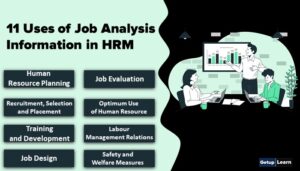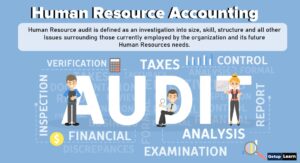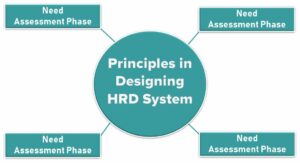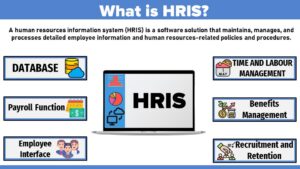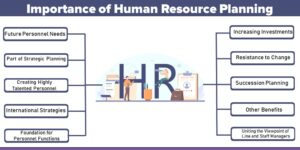Table of Contents
What is Mean Separation in HRM?
Separation involves the cessation of services of personnel from an organization. Since the employment relationship between an organization and its employee is a contractual one. In the words of Kith Davis “Separation is the decision that an individual and the organization should part” the parting of ways can be at the instance of the employer or the employee.
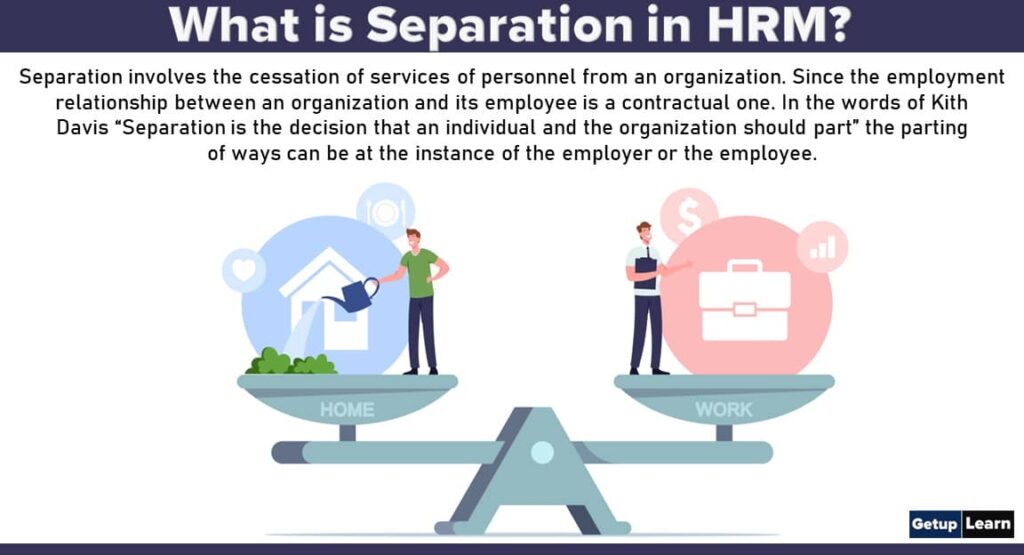
Separation may arise in a number of ways, including resignation, retrenchment, retirement, or dismissal. Each brings with it specific sensibilities that must be addressed carefully. Managing separation is important in terms of staff morale, organizational planning, and risk management.
Most industrial awards contain clauses regulating the termination of employment including redundancy and managers should seek advice if in any doubt about the processes required. Managers responsible for separations should be aware of the potential difficulties inherent in the processes and should ensure that the appropriate procedures are applied.
Types of Separation in HRM
Following are the types of separation in HRM:

Resignation
A resignation refers to the termination of employment at the instance of the employees. A resignation may be put voluntarily by the employee. An employee resigns when he secures a better job elsewhere, in the case of a female employee when she marries and has to quit for personal reasons or when an employee suffers from ill health or for any other reasons.
The administration of separation caused by voluntary resignation is very simple because the employee himself is responsible for it. In compulsory resignation, an employee is asked to put in his resignation if he wants to avoid termination of his services on the ground of gross negligence of duty on his part or some serious charge against him.
Dismissal or Discharge
Dismissal is the termination of the services of an employee as a punitive measure for some misconduct. The discharge also means termination of the service of an employee, but not necessarily as a punishment step. A discharge does not arise from a single irrational act.
Dismissal or discharge is a drastic step and should be taken after careful thought. A dismissal needs to be supported by just and sufficient reasons. Before discharging or dismissing the employee, advance notice of the impending danger must be given and the reasons for discharge must be stated clearly.
The employee must be given the opportunity to defend himself. If the grounds under which the employee has been discharged are not strong enough, there should be a provision for reviewing the case.
In any case, the punishment should not be out of proportion to the offense. Such a step should be taken as a last resort if all other measures fail in salvaging the employee. The following reasons may lead to the dismissal of an employee:
- Unauthorized absenteeism from duty for a long time.
- Willful violation of rules.
- False statement of qualification at the time of employment.
- Dishonesty
- Drunkenness
- Carelessness
- Insubordination
- Inefficiency
- Violent and Aggressive Acts
- Physical disability
Death
Some employees may die in service. When the death is caused by occupational hazards, the employee gets compensation as per the provisions of the Workmen’s Compensation Act. On compassionate grounds, some organizations offer employment to the spouse/child/dependent of the employee who dies in service.
Suspension
Suspension means prohibiting an employee from attending work and performing normal duties assigned to him. This is a serious punishment and is generally awarded only after a proper inquiry has been conducted. During the suspension, the employee receives a subsistence allowance. If the charges against the suspended employee are serious and are proven, the suspension may lead to termination also.
Retrenchment
Retrenchment, too, results in the separation of an employee from his employer. Retrenchment is generally on account of surplus staff, poor demand for products, general economic slowdown, etc. Termination of services on disciplinary grounds, illness, retirement, or winding up of a business does not constitute retrenchment.
Retrenchment entitles the employees to compensation which in terms of section 25 (f) of the Industrial Disputes Act 1947, is equivalent to fifteen days of average pay for each completed year of continuous service. The principle in the procedure of retrenchment is that the last person employed in each category must be the first person to be retrenched i.e. “last come first go”.
When vacancies arise after retrenchment, the employer gives an opportunity to the retrenched workers to offer themselves for reemployment and they are given preference. Such vacancies are generally notified at least 10 days before they are filled up.
Lay Off
A layoff is a temporary separation of the employee from his employer at the instance of the latter without any prejudice to the former. Layoff means the failure, refusal, or inability of an employer on account of coal, power, or raw- materials or accumulation of stock, breakdown of machinery, or by any other reason to give employment to a workman whose name is borne on the muster roll.
What are the types of separation in HRM?
These are the types of separation in HRM:
1. Resignation
2. Dismissal or Discharge
3. Death
4. Suspension
5. Retrenchment
6. Lay Off.
What is Separation in HRM?
Separation involves the cessation of services of personnel from an organization. Since the employment relationship between an organization and its employee is a contractual one. In the words of Kith Davis “Separation is the decision that an individual and the organization should part” the parting of ways can be at the instance of the employer or the employee.

